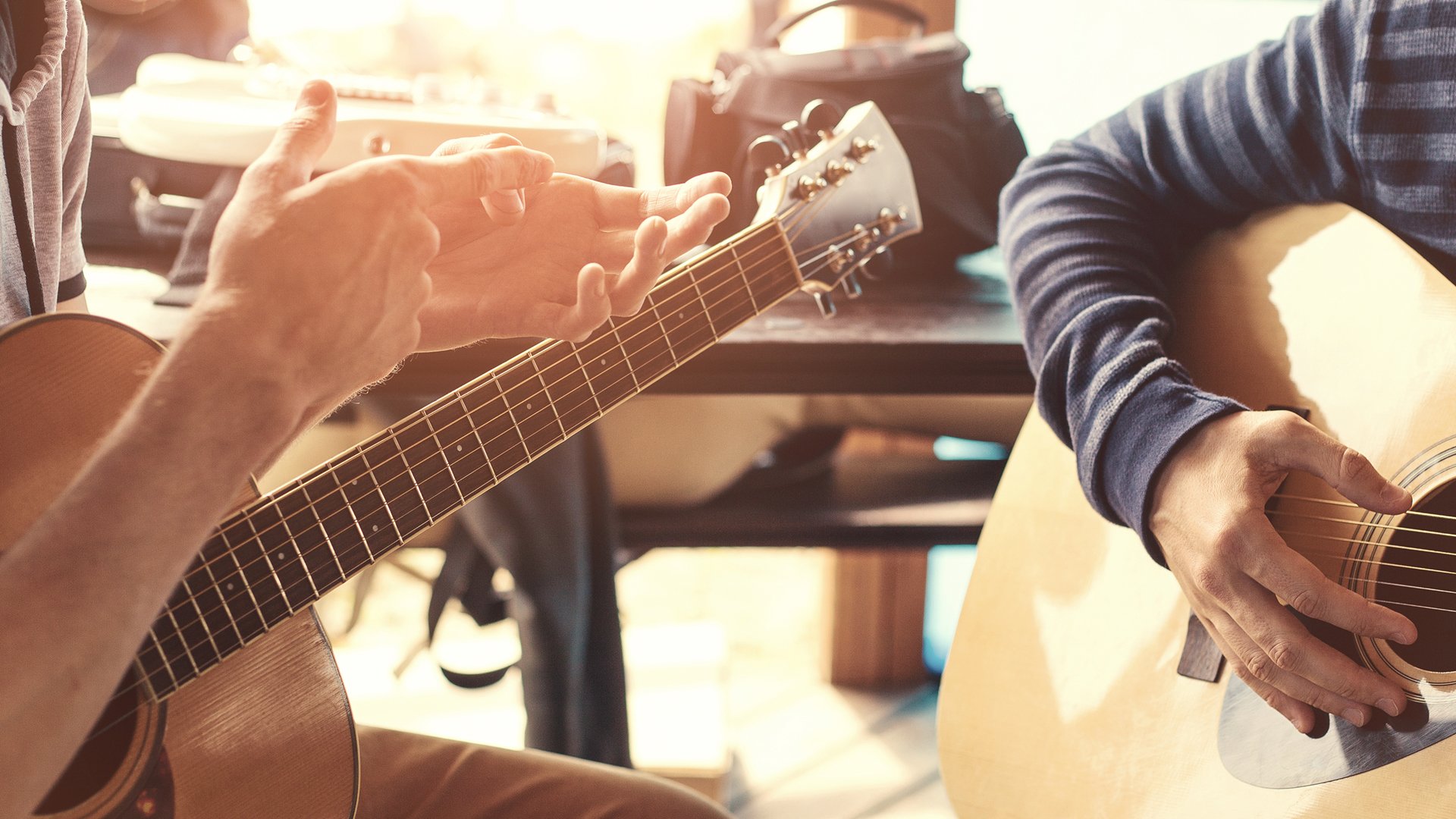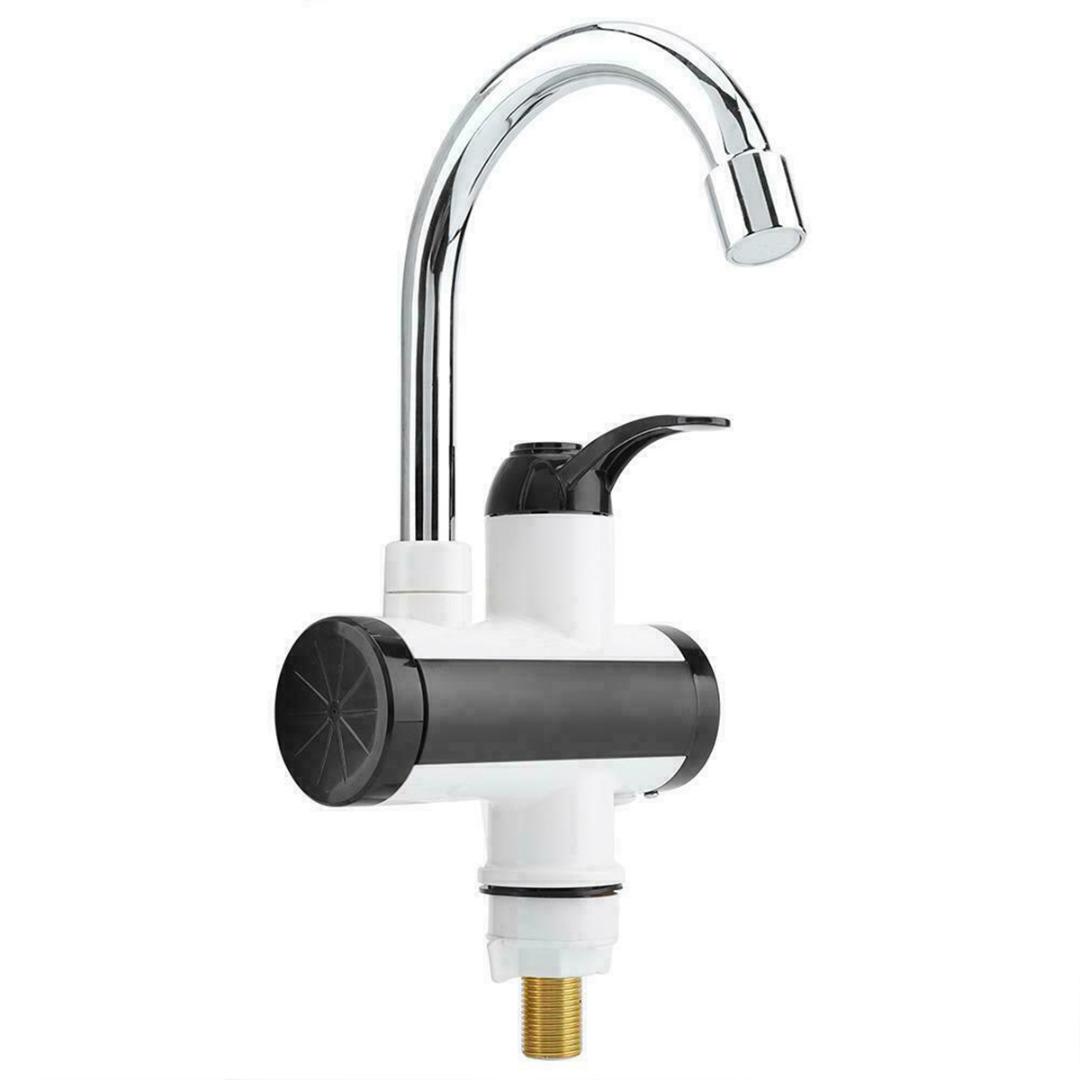A variety of methods can reduce the risk of galling. These include using special anti-seize lubricants which can dramatically reduce the chance of galling by limiting metal-to-metal contact during tightening.
Cold rolled threads tend to have smoother surfaces than machined ones which decreases the friction that leads to galling. Also, coarse threads tend to gall less than fine threads.
Cleaning
When the threads of a bolt and nut become bonded together in a process called galling, the result can be costly. The friction and heat created by this fusion causes the fasteners to seize, often leaving them un-threaded or stuck in place. This problem is most common with soft metals like stainless steel and aluminum, but can also affect other types of fasteners as well.
Taking the proper precautions and following the right techniques can help prevent these problems from occurring. By lubricating, using coatings and following assembly procedures correctly, you can make sure your stainless steel bolts and nuts are protected from galling for their entire lifespan.
Another way to protect against galling is to use coarse threads rather than fine ones when possible. Coarse threading has a much wider contact area and is less prone to the issues that can cause galling. Also, be sure to clean the threads of your stainless steel bolts and nuts before installation.
Lubrication
Because friction is the main cause of galling, lubrication is one of the most important prevention steps. It’s a good idea to use an anti-seize compound or a PTFE based lubricant specially designed for stainless steel fasteners to reduce the risk of galling. This lubricant should cover all working surfaces (all the threads and valleys) that will experience the friction of tightening.
Also, consider using a slower installation RPM speed to reduce the heat generated by friction. This will significantly decrease the potential for galling.
Also note that highly polished or rough surfaces tend to gall more than cold rolled or machined ones. To check for a rough surface, wipe a cloth across the bolt or nut threads; if it snags, the surface is likely to gall. Electropolishing smoothes rough edges and can reduce the tendency for galling. Lastly, using quality, high-grade fasteners can also help. These fasters are less prone to damage and corrosion, which means they will last longer.
Tightening Speed
Sometimes, the friction and heat that is generated during tightening will cause galling to occur. This is not only unavoidable, but can be quite damaging to the bolt and nut.
On a microscopic level, most thread surfaces have high points, or asperities that create friction when they are slidable on one another. These asperities can shear off the oxide layer, exposing pure base metal, and causing galling to occur.
One of the easiest ways to reduce the chance of thread galling is to slow down the installation speed. This will help the fastener absorb the excess heat and avoid the shear that can lead to galling. In addition, storing the nut and bolt in environments that are not hot can also reduce the chance of galling.
Load
The best way to prevent galling in stainless steel fasteners is through lubrication. Dry lubricants like molybdenum disulfide, mica and graphite as well as liquid lubricants like grease or oil reduce the likelihood of galling as long as they don’t change the torque-tension relationship.
Other ways to help prevent thread galling include using coarse threads where possible as they provide a larger surface area and are more tolerant of abuse during installation. Using cold rolled threads is also helpful as they tend to have a smoother surface than machined ones. Electropolishing is another option as it smooths rough edges, which increases galling resistance.
Poor handling during storage and shipping can also nick or dent threads, which can increase friction as the bolts are tightened. By understanding the factors that can cause thread galling and taking steps to avoid them, you can save yourself time, money and frustration by preventing this costly issue from occurring in your projects.



